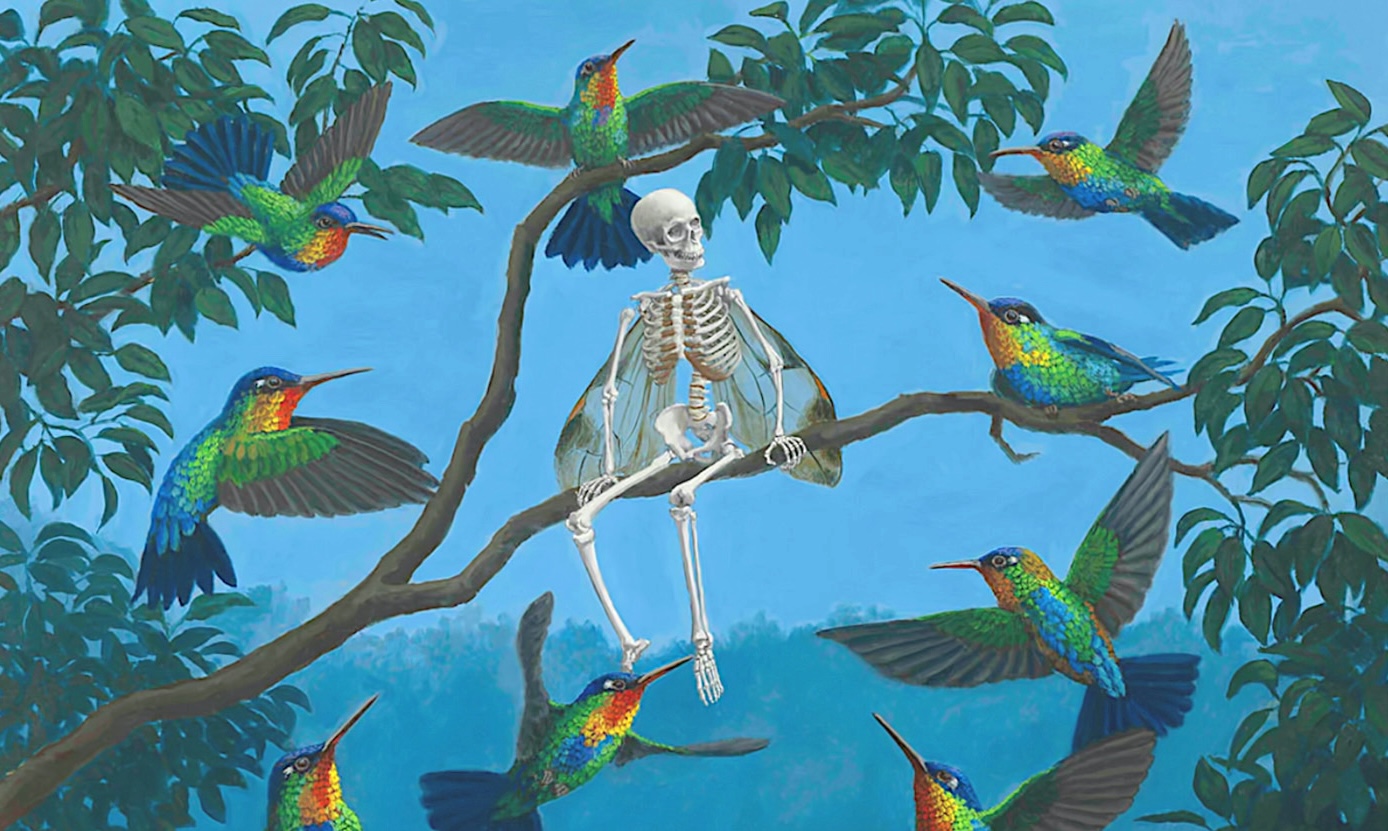
"The recognition of their existence will jolt the material 20th-century mind out of its ruts in the mud, and force it to admit that there is glamour and mystery to life."
"Even Conan Doyle-a trained doctor; the creator of the thinking-machine detective, Sherlock Holmes; and one of the practical jokers behind the 1912 Piltdown Man hoax mocking one of his teachers-was deceived during the heyday of spiritualism and theosophy after the Great War, and he never recanted."
"One might argue that artists who create archetypes and metaphors lend the logic of the visible to the service of the invisible are more impervious to quacks and demagogues."
"The meticulously rendered oil-panel paintings of Sandra Yagi's show combine the creative's lifelong interests in art and biology, depicting a miniature fairyland of butterflies, snails, hummingbirds, fireflies, and mystical creatures."
The article discusses the infamous 1917 Cottingley fairy photos, emphasizing how they captivated figures like Arthur Conan Doyle, who saw them as proof of enchantment. Despite being a deception, these images resonate with humanity's long-standing fascination with the mystical. The piece reflects on Conan Doyle's background and his interest in spiritualism, contrasting him with artists who create metaphoric representations of the unseen. It highlights the ongoing allure of the supernatural in a scientific age, showcasing Sandra Yagi's art as a modern embodiment of this enchantment.
Read at 48 hills
Unable to calculate read time
Collection
[
|
...
]